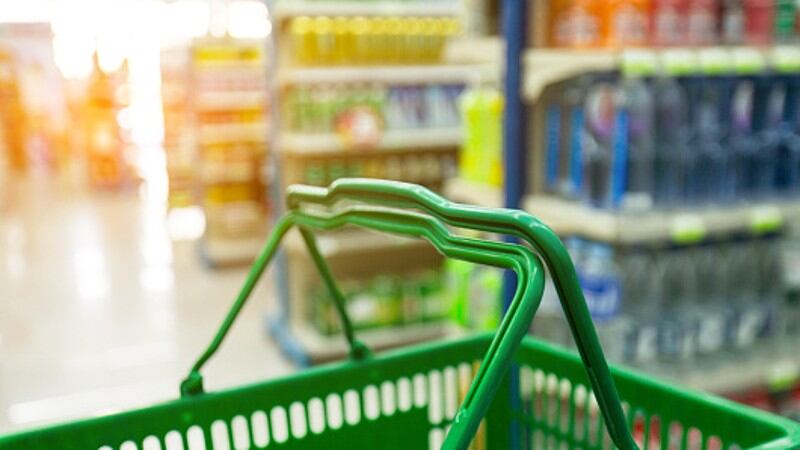China has been on a mission to remove what it has deemed ‘excessive packaging’ in the country since 2021, with focus for the food industry previously having been mostly centralised in the festive foods segment such as mooncakes and rice dumplings.
This is because such products were the most prone to luxurious, multi-layer wrapping to heed the respective Mid-Autumn and Dragon Boat festivals.
Recently, the government has moved to further expand this regulatory control to include more types of food products, particularly fresh foods such as fruits and vegetables, health-focused foods, takeaway foods and foods purchased via e-commerce.
“Mandatory governmental standards will be formulated to restrict the excessive packaging of these food products, with regular revisions made to these from time to time,” the Central People’s Government of China stated via a formal statement.
“This will be in addition to existing standards for festive foods that are already established.
“Policy and budget support will be provided to all relevant parties to ensure this is well-implemented, and budget will also be arranged for accompanying support projects such as the establishment of recyclable express packaging distribution systems for e-commerce, the construction of intelligent recycling facilities, and R&D into green packaging design.”
More significantly, the government has established a multi-ministerial governance system for this national large-scale initiative, which will see the participation of multiple ministries such as the Ministry of Agriculture and Rural Affairs (MOARA), Ministry of Industry and Information Technology (MIIT), State Administration and Market Regulation (SAMR), Ministry of Commerce (MOFCOM), State Post Bureau (SPB), National Development and Reform Commission (NDRC) and more.
“Every organization will have an important role to play, for instance MIIT will be assisting local governments to strengthen technological innovation in packaging, SAMR will come in to prevent excessive packaging production, SPB will boost the reduction of packaging in the delivery stage and so on,” it said.
“It is also key for MOARA to lay out the standards and requirements to restrict excessive packaging at the various production, sales, and delivery stages and to urge industry players to prioritise the use of reusable or recyclable packages and implement relevant regulations.
“This will all be part of China’s plans to strengthen the local whole-chain governance of excessive packaging.”
Organisation and implementation key
Due to the large size and scale of the project, which is far more extensive than when the focus was solely on festive foods, the government has also written in mandatory coordination and local authorities’ co-operation into the framework to avoid cross-organisational issues.
“The strengthening of departmental coordination is key, and all relevant departments and ministries will be held responsible according to the division of responsibilities assigned,” it said.
“Local governments at all levels are also responsible for on-the-ground actions and implementations, including the improvement of processes and mechanisms to remove excessive packaging, strengthening this implementation, and directing targeting supporting measures as needed.
“In all, all the departments involved must coordinate with one another and provide timely updates and communications about progress in each respective area in order to ensure that overall progress is smooth and efficient.”





